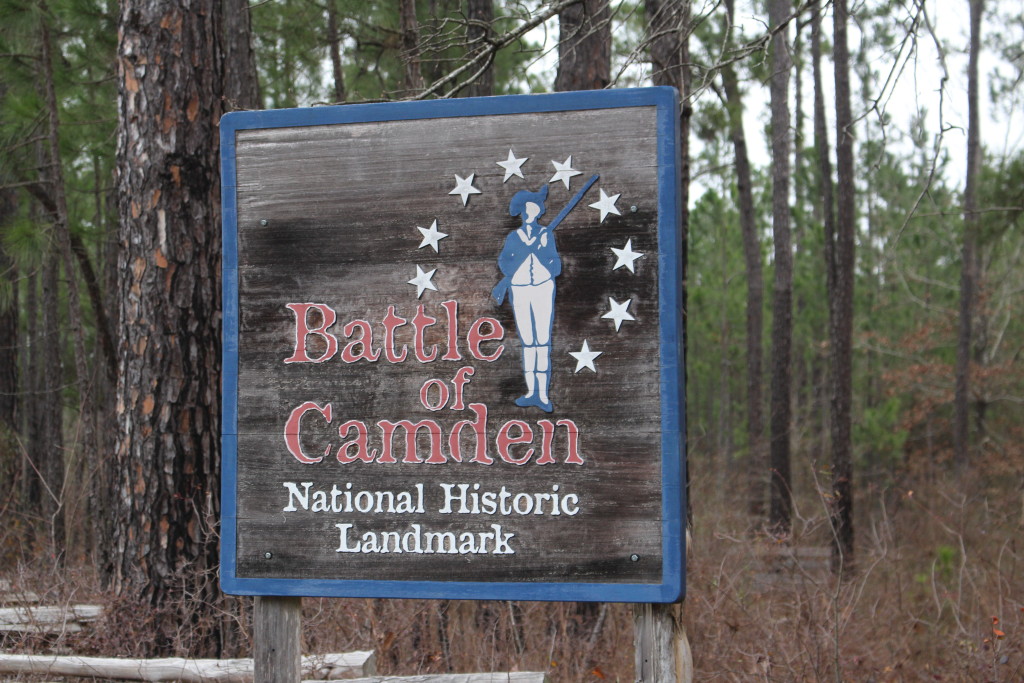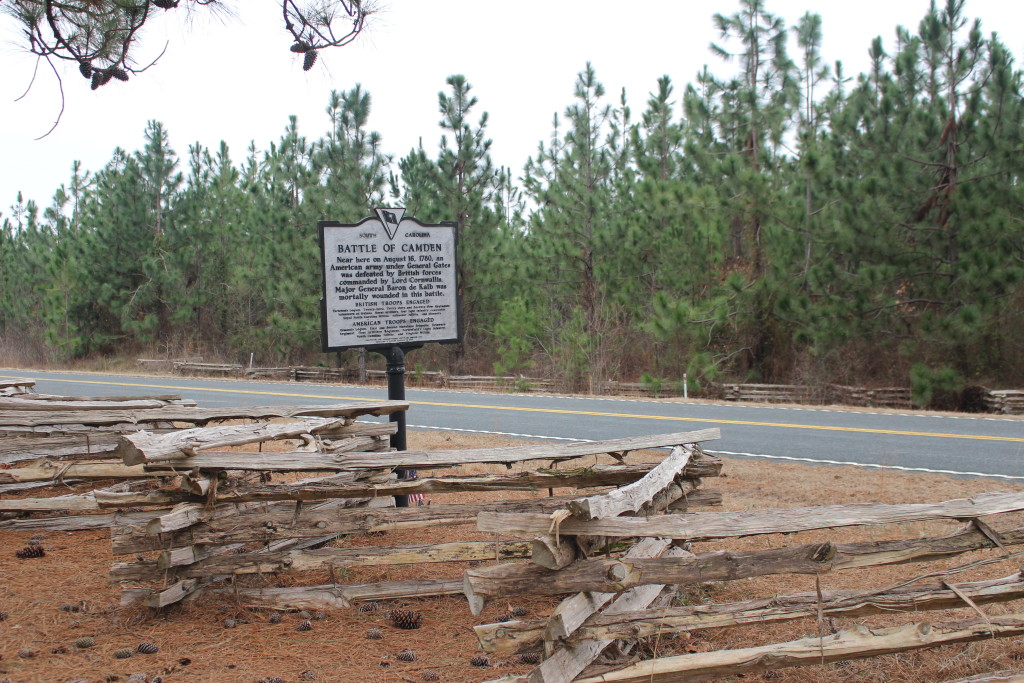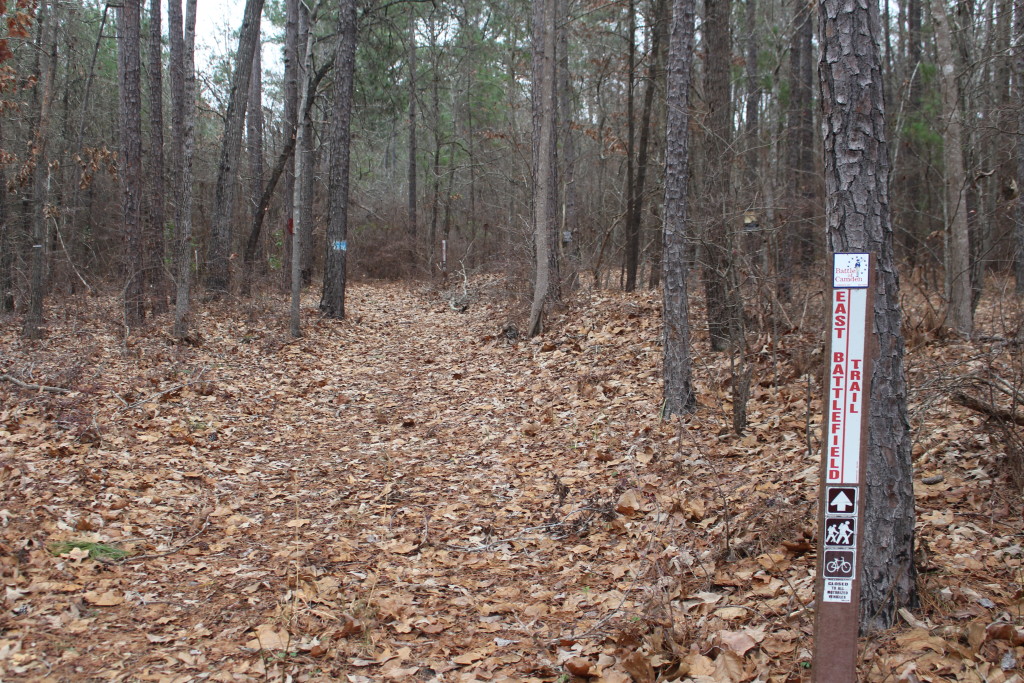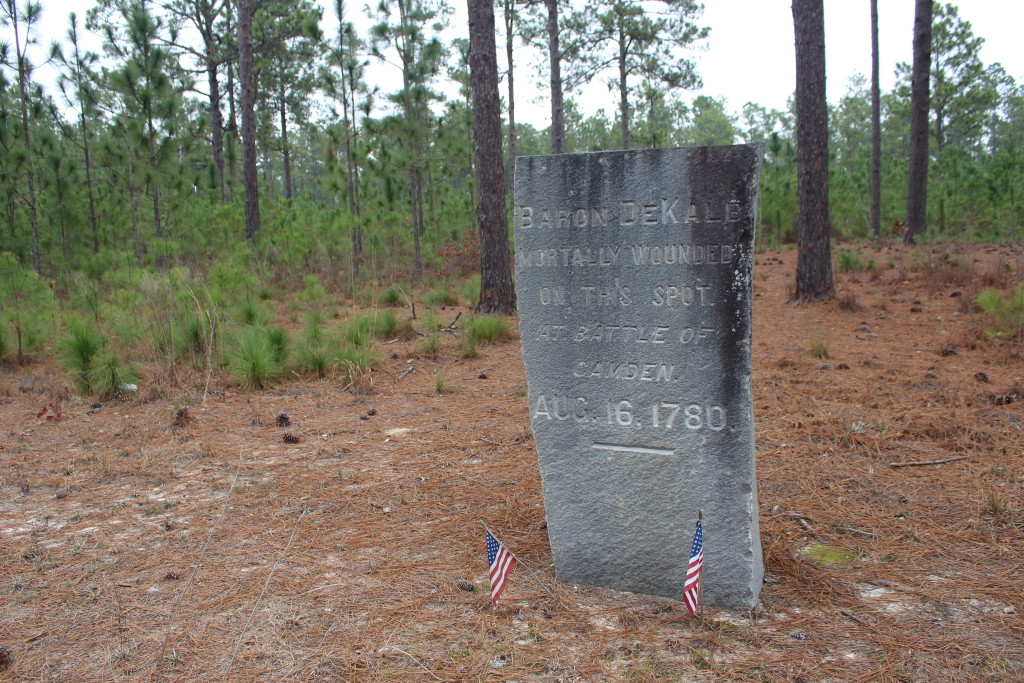After the fall of Charleston, Lord Cornwallis had a simple assignment: lead the British army north through the Carolinas to Virginia. After all, once you got past Charleston, hardly anyone lived in the Carolinas. It should have been an easy, relatively unobstructed march. General Lincoln and the southern Patriot army had all been captured. Essentially, there was no Patriot army between Cornwallis and Virginia.
But the Continental army was scrambling to put an army in his way. George Washington peeled off a small portion of the northern army and sent it marching south as quickly as possible. He also called for the Patriot militia in Virginia and the Carolinas to join with the army to make a stand against Cornwallis.
General Washington wanted Nathanael Greene to be the General that led this new southern army, but after some political wheeling and dealing, Horatio Gates – “the Hero of Saratoga” – was appointed by the Continental Congress to lead the army. General Gates moved south as quickly as possible to join his army and the militia marching with it. General Gates ended up at the head of an army of 4,000 and marched toward Camden, South Carolina, Cornwallis’s headquarters. Cornwallis headed an army of 2,200 and was heading north from Camden at the same time that Gate’s army was on the road south.
As the two armies moved toward each other, the advance scouting parties met on the road to Camden about 2:30 on the morning of August 16, 1780. Because confusion results when armies fight each other in darkness, both armies stopped and prepared for the battle of Camden at daylight.
Gates had the advantage with superior numbers, but the regular army sizes were about the same. In addition to the 2,000 Continental soldiers, he had 2,000 militia. The militia were notorious for running away after firing a few rounds. So Gates placed them on the left. Gates had been trained in the British army, where you always placed your strongest troops on the right – a position of honor. The elite Continental troops on the right were commanded by Baron de Kalb.
Cornwallis also deployed his troops in this traditional British pattern, with the strongest and best troops on the right. Unfortunately for Gates, this meant that his weakest soldiers – the militia – were facing off versus Cornwallis’s strongest soldiers.
The battle of Camden started at dawn and was basically over with the first British charge against the militia. When the militia saw the redcoats advancing with bayonets fixed, they turned around and ran away as fast as they could. The right side of Gates’ army – the Continental soldiers commanded by de Kalb, held until they were surrounded. Baron de Kalb was fatally wounded and died later on the battlefield. The Patriot militia faded into the woods. Of the 2,000 Continental soldiers, half were killed and half taken as prisoners. In less than a week of command, Gates had destroyed the second southern Patriot army.
But General Horatio Gates wasn’t around to see the end of the battle or to be taken prisoner. As soon as the militia started running, Gates ran too. In fact, Gates ran so fast that he and his horse traveled 180 miles to Hillsboro, North Carolina, in just three days. Although Gates was later cleared of any wrongdoing, his military career was over.
Once again, Cornwallis could head into North Carolina unopposed by any Patriot forces. Would he succeed in reaching Virginia? Was the battle of Camden the end of the Patriot hopes in the south? For answers to those questions and more, you will have to wait until next week’s installment of “The Revolutionary War in a Nutshell.”




